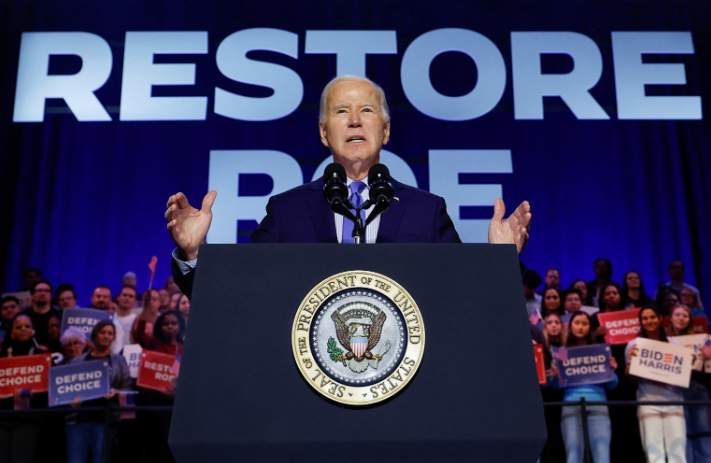
As the planet warms, extreme weather events like floods, hurricanes, and scorching heatwaves are becoming all too common, casting a shadow of worry across American homeowners. According to a recent survey by LendingTree, which tapped into the sentiments of approximately 2,000 homeowners, more than half (51%) are concerned about the looming threat of climate change on their homes. This apprehension isn’t unfounded, as about 50% fear that such environmental upheavals could erode the value of their properties.
The survey paints a picture of a nation on edge, with homeowners split on the timeline of these impacts. While 25% believe the effects on home values are just a decade away, another quarter feel the full brunt won’t hit for more than ten years. However, the consensus on one matter is clear: 70% of respondents anticipate a surge in insurance premiums due to climate-related risks, a predicament that 20% are already facing.
The spectrum of concerns varies, with severe storms topping the list of worries, followed closely by hurricanes, flooding, heatwaves, and wildfires. These fears are prompting action, or at least contemplation of it. Around 40% of those surveyed reside in areas they perceive as vulnerable to climate change’s wrath, leading 34% to consider relocation and 13% to take the leap.
This migration trend isn’t speculative; it’s already happening. The First Street Foundation’s 2023 report underscores the exodus, revealing that 3.2 million Americans have moved away from high flood risk areas between 2000 and 2020, with predictions of 7.5 million more to follow suit over the next two decades.
The search for a “climate haven” may seem like a solution, yet the reality is stark: no corner of the U.S. is immune to climate change’s reach, despite the best efforts of some cities to market themselves as safe refuges.
Amidst this climate of uncertainty, Rob Bhatt, LendingTree’s Home Insurance Expert, offers a twofold strategy for concerned homeowners. The first step involves bolstering insurance coverage to fend off potential losses. The second step focuses on proactive measures to mitigate damage from natural disasters, such as installing wind- and hail-resistant roofs and windows. Bhatt emphasizes that while these measures can offer some peace of mind, they may not suffice for everyone. For those whose worry remains unabated, he suggests that relocating, whether within their current community or to an entirely new one, might be the path to reassurance.
The LendingTree survey sheds light on the growing anxiety among homeowners about the tangible and immediate impacts of climate change on their lives and investments. It underscores a collective call to action, not just for individual preparedness but also for broader societal and policy-driven solutions to address the root causes and effects of this global crisis. As homeowners navigate these turbulent times, the decisions they make today—about where they live, how they protect their properties, and how they engage with the issue of climate change—will shape their resilience and security in the face of an uncertain future.











